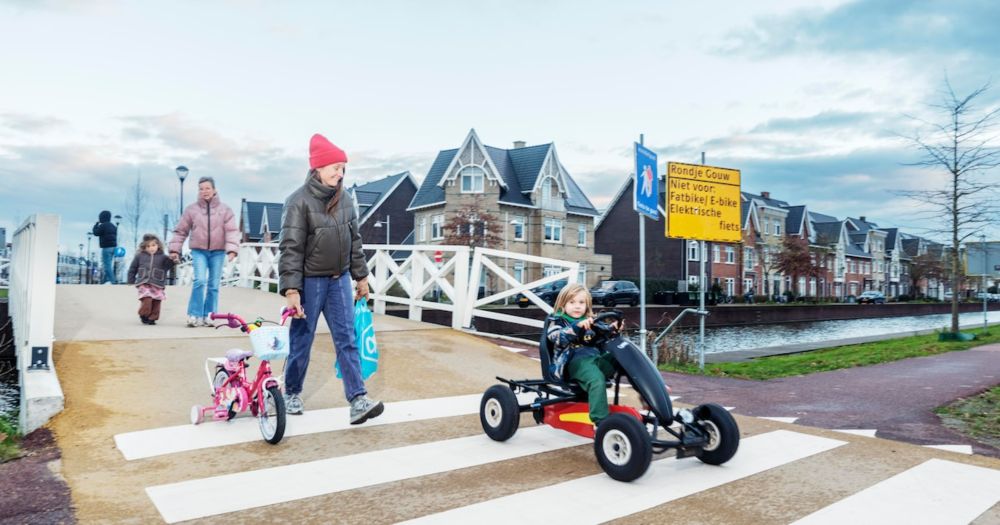Playlists: https://tinyurl.com/2v6pt8s8
Active in HIV/AIDS and in the Gay Movement: https://tinyurl.com/3wwc3pmk
Officier in de orde van Oranje Nassau.





Maar ook omdat ik denk dat het nog lang niet einde verhaal is. Ik kan me niet voorstellen dat dit niet verder wordt opgepakt, of door NRC zelf of door andere onderzoeksmedia.
Ik gun het - met name - de andere fantastische politiek journalisten @nrc.nl dat er geen ruis blijft bestaan.
Maar ook omdat ik denk dat het nog lang niet einde verhaal is. Ik kan me niet voorstellen dat dit niet verder wordt opgepakt, of door NRC zelf of door andere onderzoeksmedia.
Ik gun het - met name - de andere fantastische politiek journalisten @nrc.nl dat er geen ruis blijft bestaan.
Belangrijkste vraag waarmee ik blijf zitten wordt echter niet beantwoordt:
Op welke wijze heeft NRC vastgesteld dat krant NIET doelwit én instrument was van een bewuste campagne om Wijers te wippen.

Belangrijkste vraag waarmee ik blijf zitten wordt echter niet beantwoordt:
Op welke wijze heeft NRC vastgesteld dat krant NIET doelwit én instrument was van een bewuste campagne om Wijers te wippen.




Hear hear.
uit www.trouw.nl/opinie/voork...

Hear hear.
uit www.trouw.nl/opinie/voork...
Was er maar iemand met een stevige staat van dienst in Europa die Nederland weer fatsoenlijk zou kunnen vertegenwoordigen.

Was er maar iemand met een stevige staat van dienst in Europa die Nederland weer fatsoenlijk zou kunnen vertegenwoordigen.


Opgevoerde fatbikes en andere e-bikes zijn geen fiets meer → illegaal motorrijtuig zonder toelating.
Nooit toegestaan op het fietspad.
Ook bekeuring voor geen helm en geen kenteken.
youtu.be/GJeiy4CYTQQ

Opgevoerde fatbikes en andere e-bikes zijn geen fiets meer → illegaal motorrijtuig zonder toelating.
Nooit toegestaan op het fietspad.
Ook bekeuring voor geen helm en geen kenteken.
youtu.be/GJeiy4CYTQQ
nos.nl/artikel/2590...

nos.nl/artikel/2590...
The core idea behind the bicycle path is deceptively simple: it is designed for bicycles—nothing heavier, nothing faster, nothing more powerful. The logic rests entirely on human propulsion and human speed tinyurl.com/3rf8rbre

The core idea behind the bicycle path is deceptively simple: it is designed for bicycles—nothing heavier, nothing faster, nothing more powerful. The logic rests entirely on human propulsion and human speed tinyurl.com/3rf8rbre


